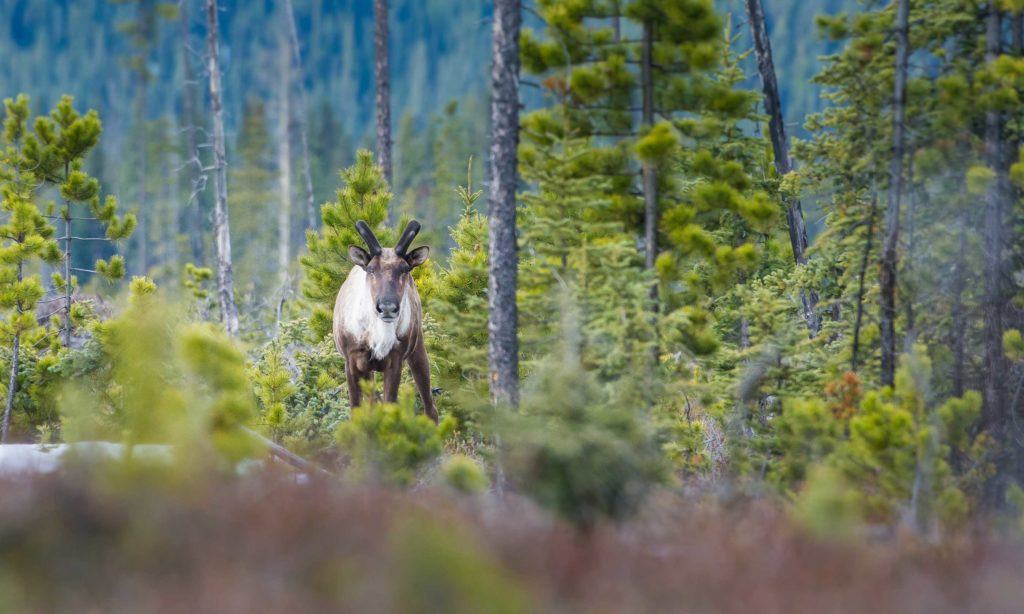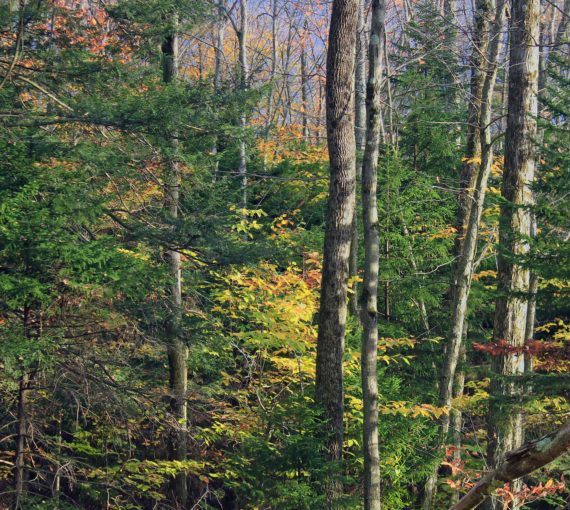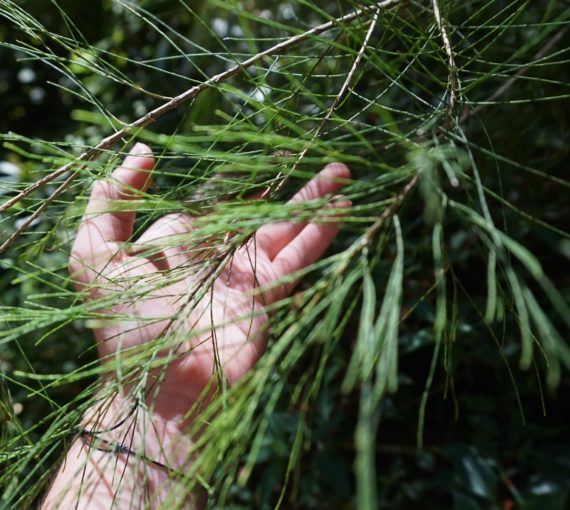
Here we are well into the new year, but for caribou in Canada, the question is an old one: will it bring any new land-management strategies? Will provinces and territories finally do what it takes to protect the boreal forest, their home?
By the federal government’s own accounts, Canada is not doing enough to protect dwindling caribou herds across the country. Unless both levels of government are willing to fulfil their responsibilities to steward wildlife and take significant action this year, Canada’s caribou will continue on their path to extinction.
A recent Environment and Climate Change Canada report confirms that the catastrophic decline in boreal caribou numbers will require significant and immediate government actions to reverse. Eighty-one per cent of boreal caribou herds are declining. Unless provincial and federal governments put industrial activity limits in place to protect their habitat, they will not survive.
In 2012, the federal government issued a directive for provinces and territories to develop caribou range plans within five years that outline habitat measures for caribou recovery. Under the Species at Risk Act, provinces have been directed to ensure at least 65 per cent of caribou habitat is protected and/or restored to facilitate recovery. The five-year deadline came and went without a single plan being implemented.
The act contains a safety net: if the minister of Environment and Climate Change believes a province is failing to effectively protect a species, she must recommend to cabinet the application of protective measures.
Unless provincial and federal governments commit to taking concrete and urgent steps to protect caribou, Canada risks losing them for good.
A late December progress report on steps taken to protect the critical habitat for the woodland caribou in Canada reveals that, despite much talk, little progress toward conservation is occurring and caribou are paying the price. In the absence of government action, many Indigenous communities in Canada have been stepping forward to lead the charge for caribou protection. Fort Nelson First Nation, for instance, has developed the first caribou range plan of its kind—a sign of badly needed leadership in a time of national crisis.
Protecting caribou and the habitat on which they depend is critical to Indigenous communities and the practice of their traditional ways of life. As an umbrella species, caribou are also essential to the vast ecosystems they support in the boreal forest, which makes up 55 per cent of Canada’s land mass. The boreal forest also provides invaluable ecological services such as mitigating climate change and purifying air and water. We not only have a moral responsibility to steward wildlife such that they remain abundant but also an environmental responsibility to uphold functioning ecosystems.
The status quo is not working. Inertia is wiping away Canada’s wildlife. We need to set limits to our activities that do not put our future—and the future of the nature that supports us—at risk. Unless provincial and federal governments commit to taking concrete and urgent steps to protect caribou, Canada risks losing them for good.
It’s never too late to make 2019 the year of caribou. To extend the protection of our most vulnerable to include wildlife. To leave the best version of Canada for generations to come. There can be few more worthy resolutions than that.
This op-ed was originally published in The Hill Times.
Caribou can’t survive without a place to live. Take action now.
Our work
Always grounded in sound evidence, the David Suzuki Foundation empowers people to take action in their communities on the environmental challenges we collectively face.



